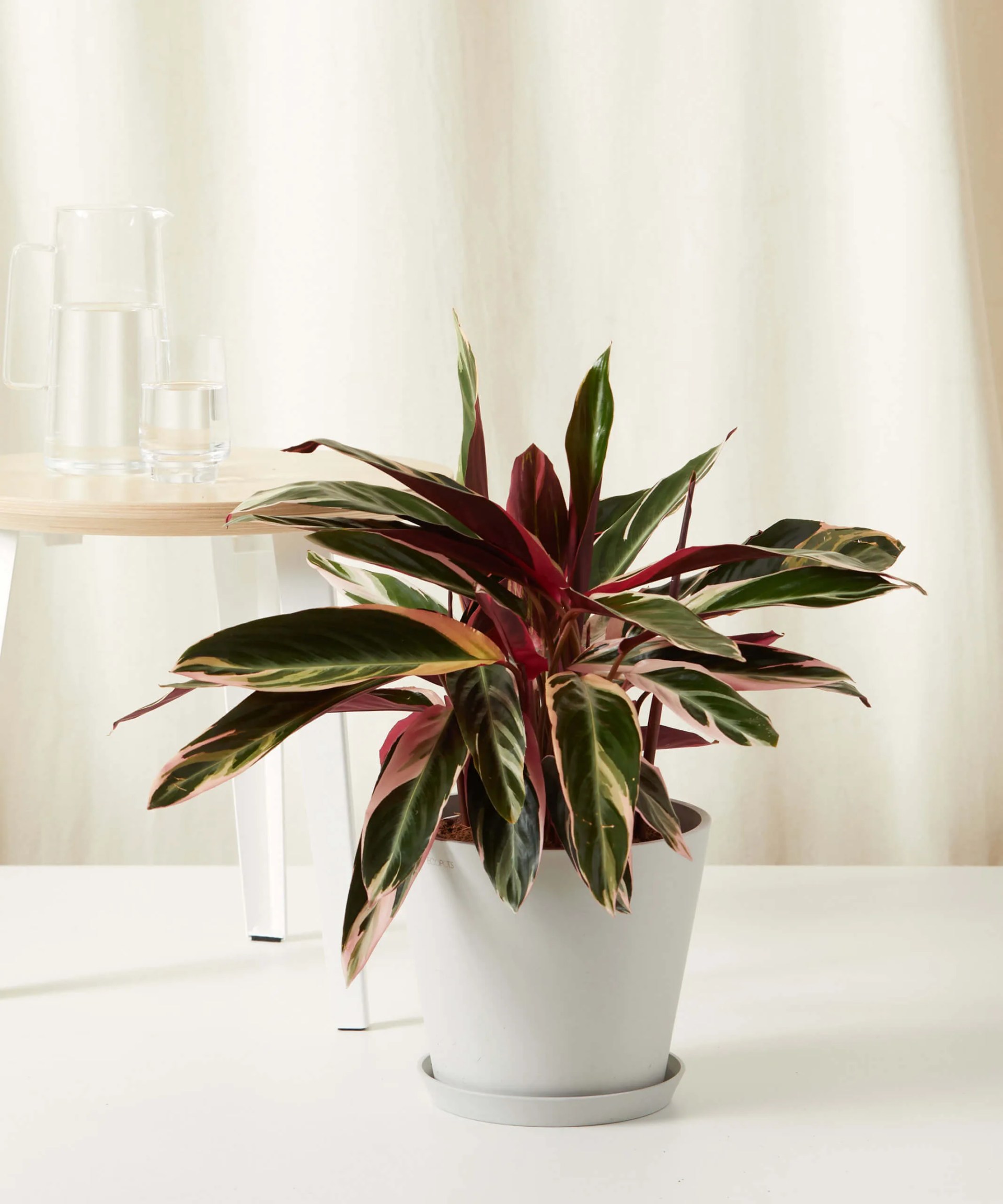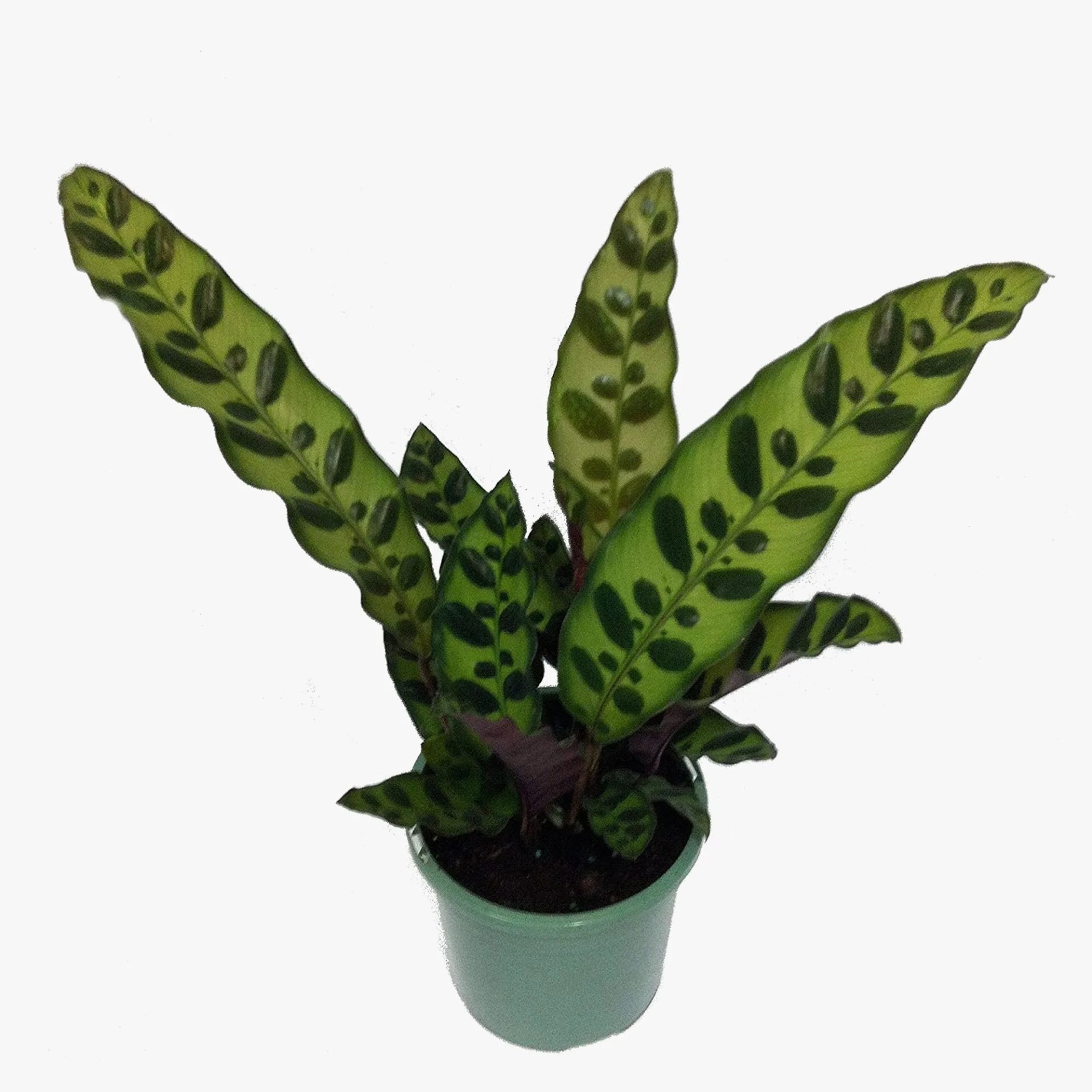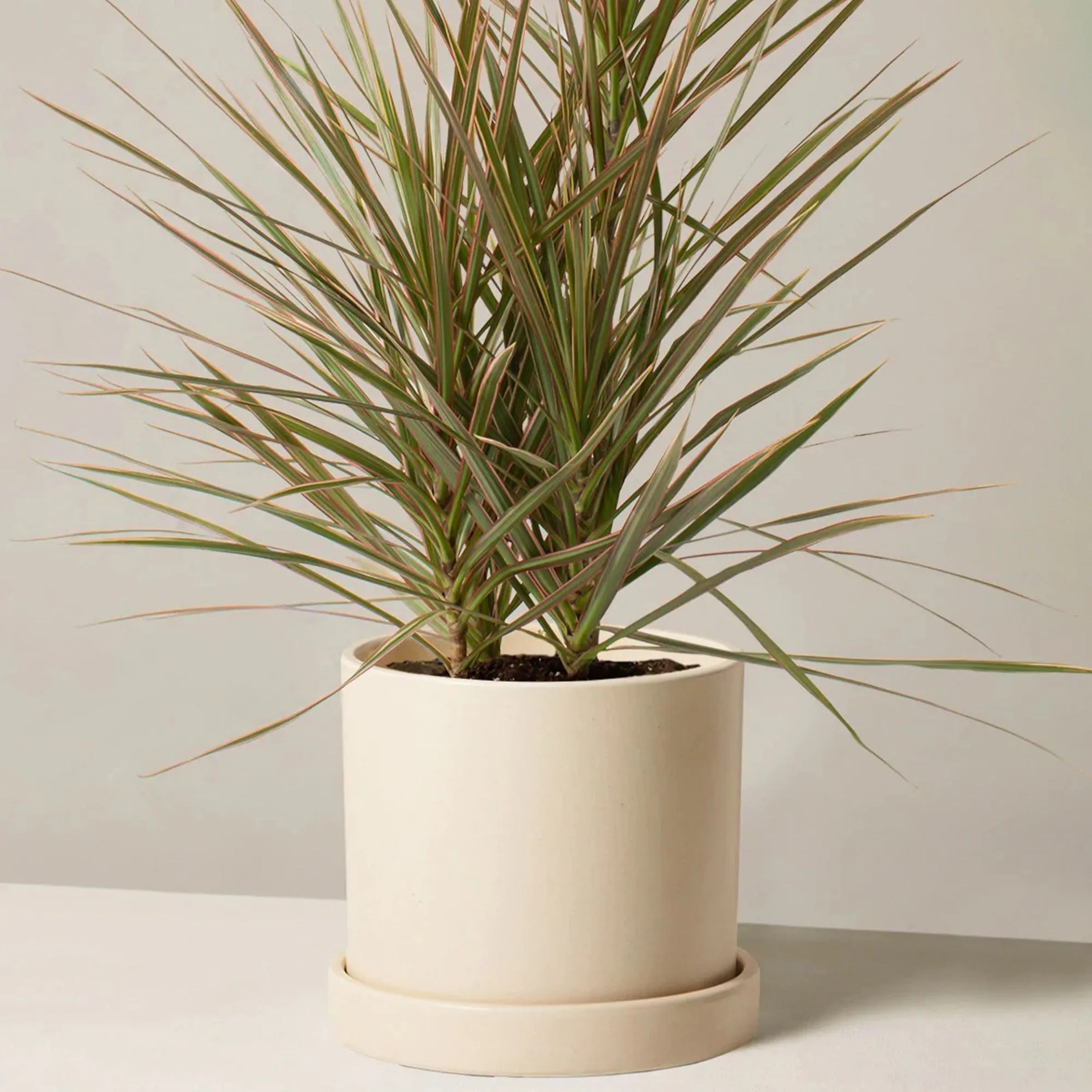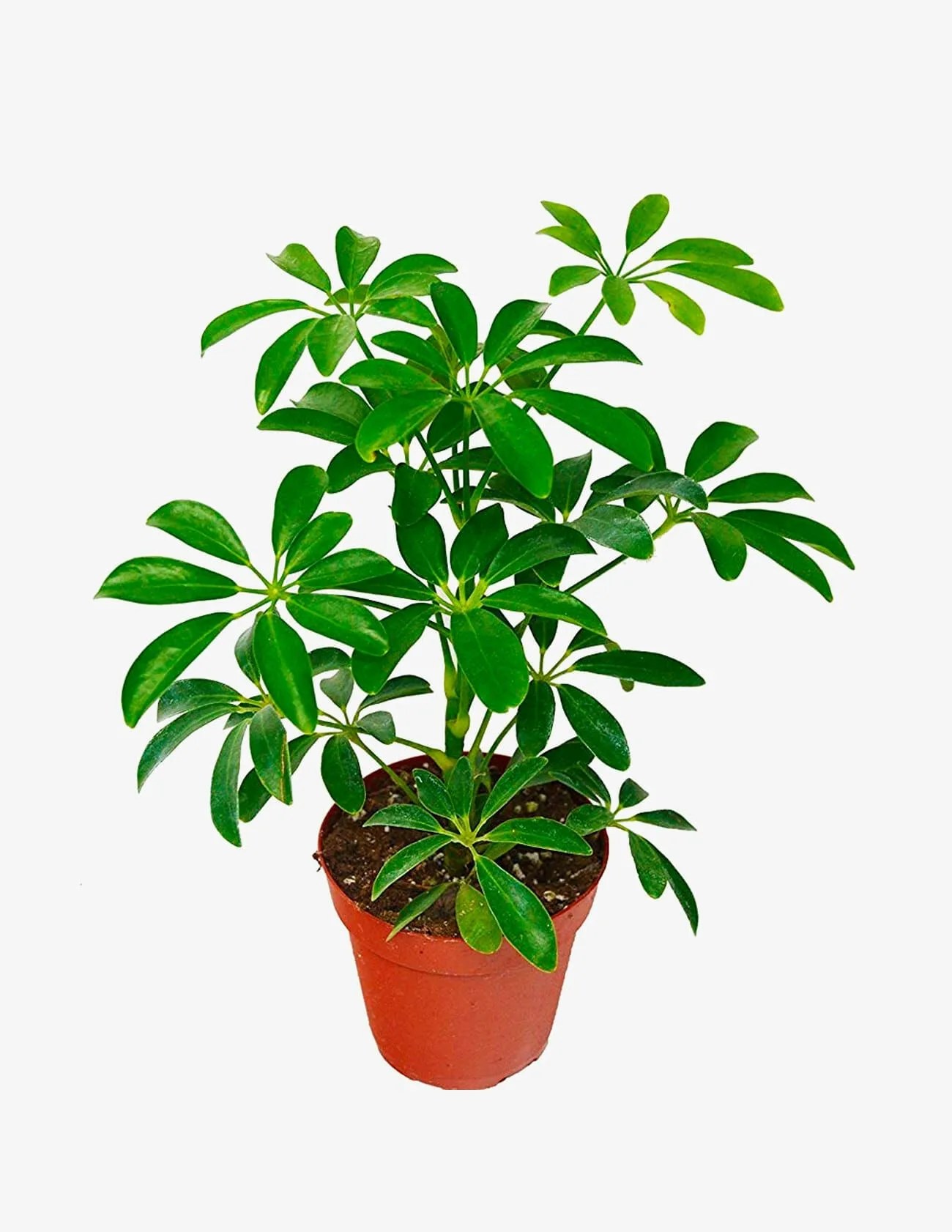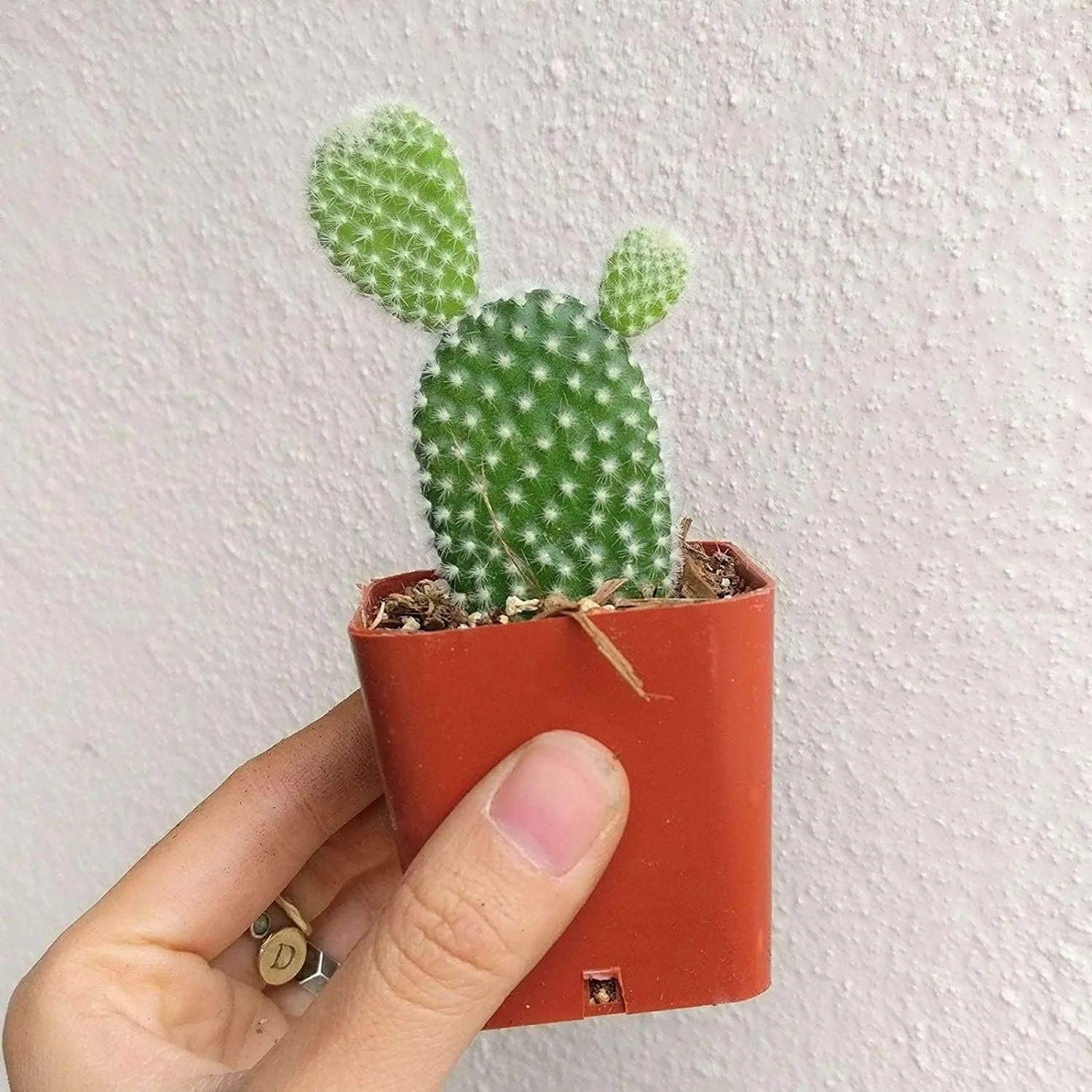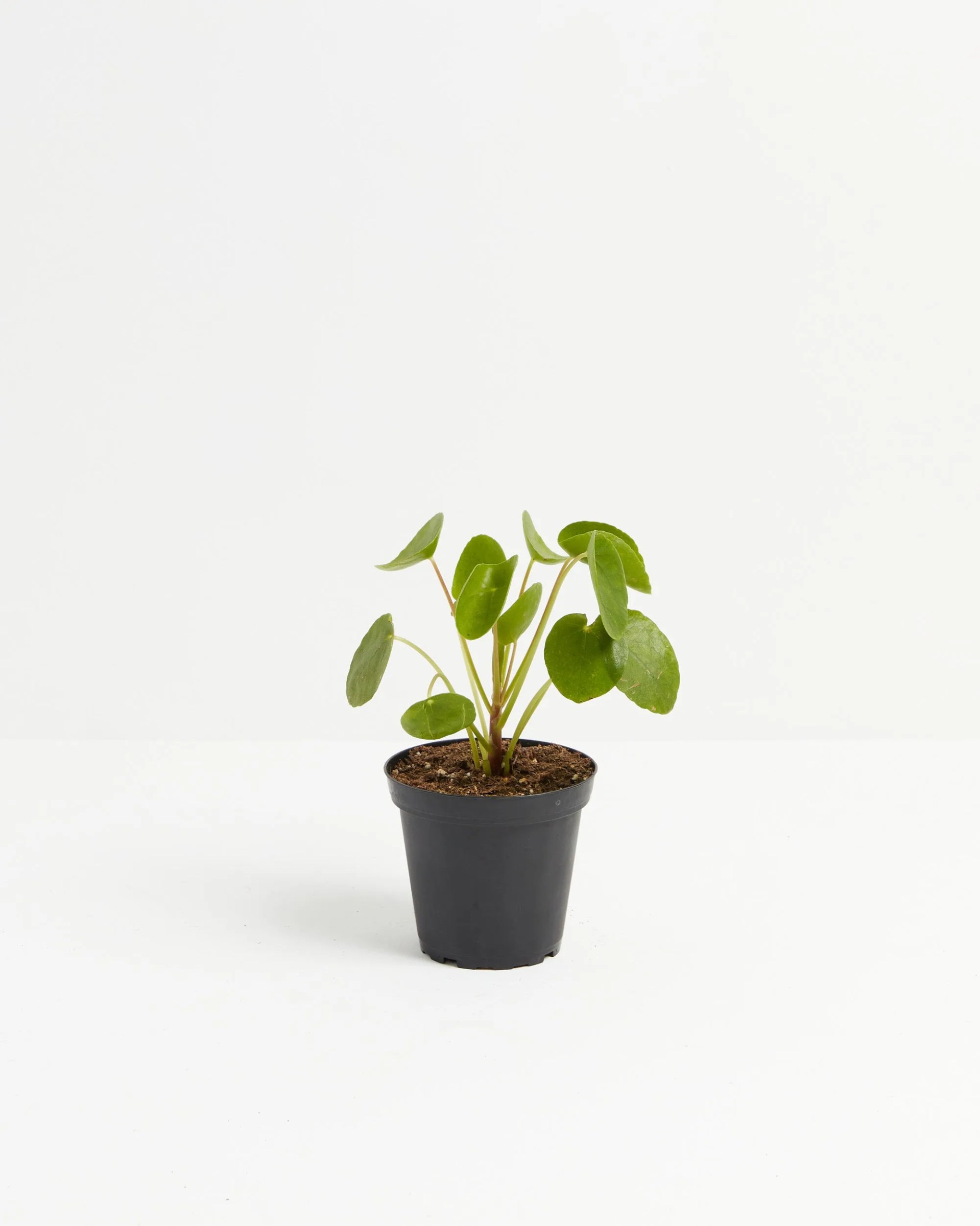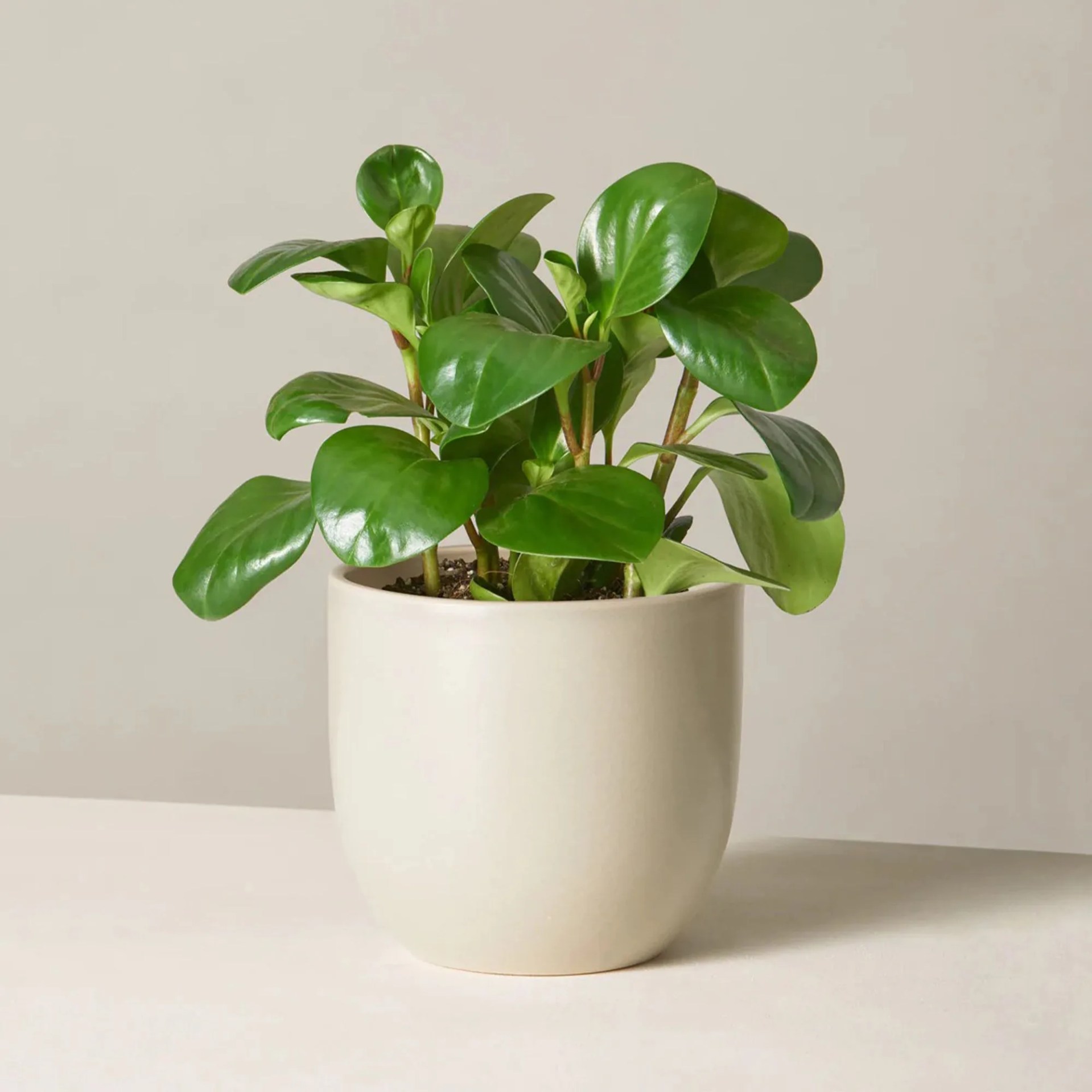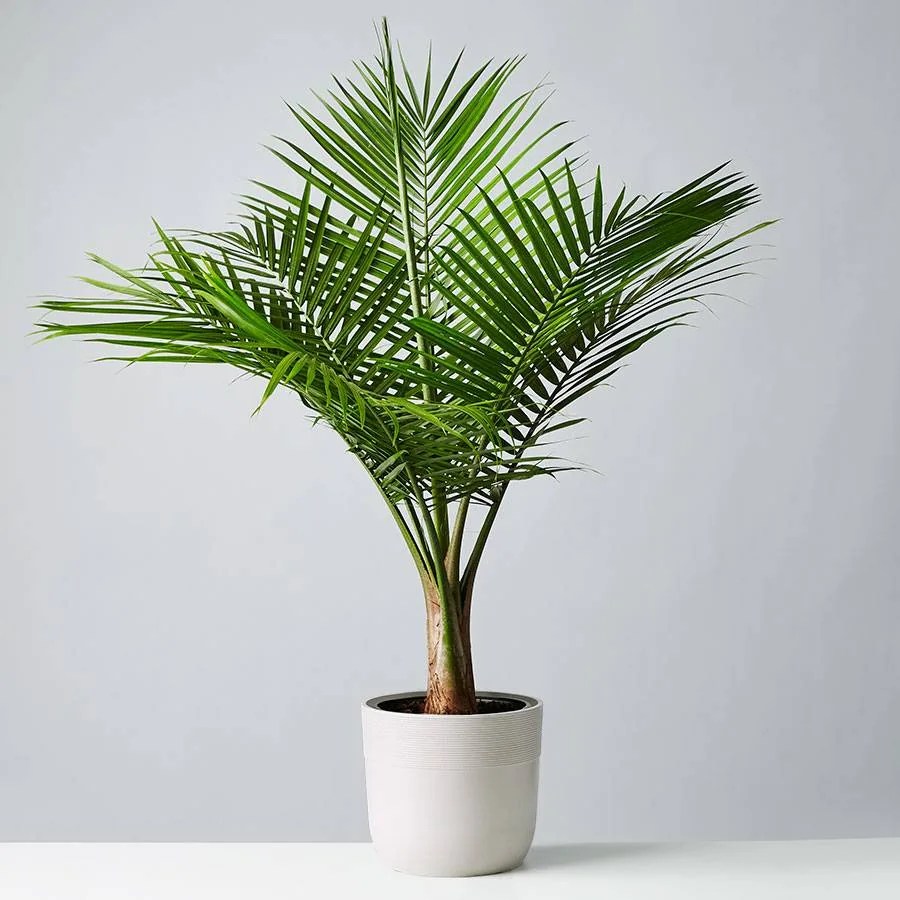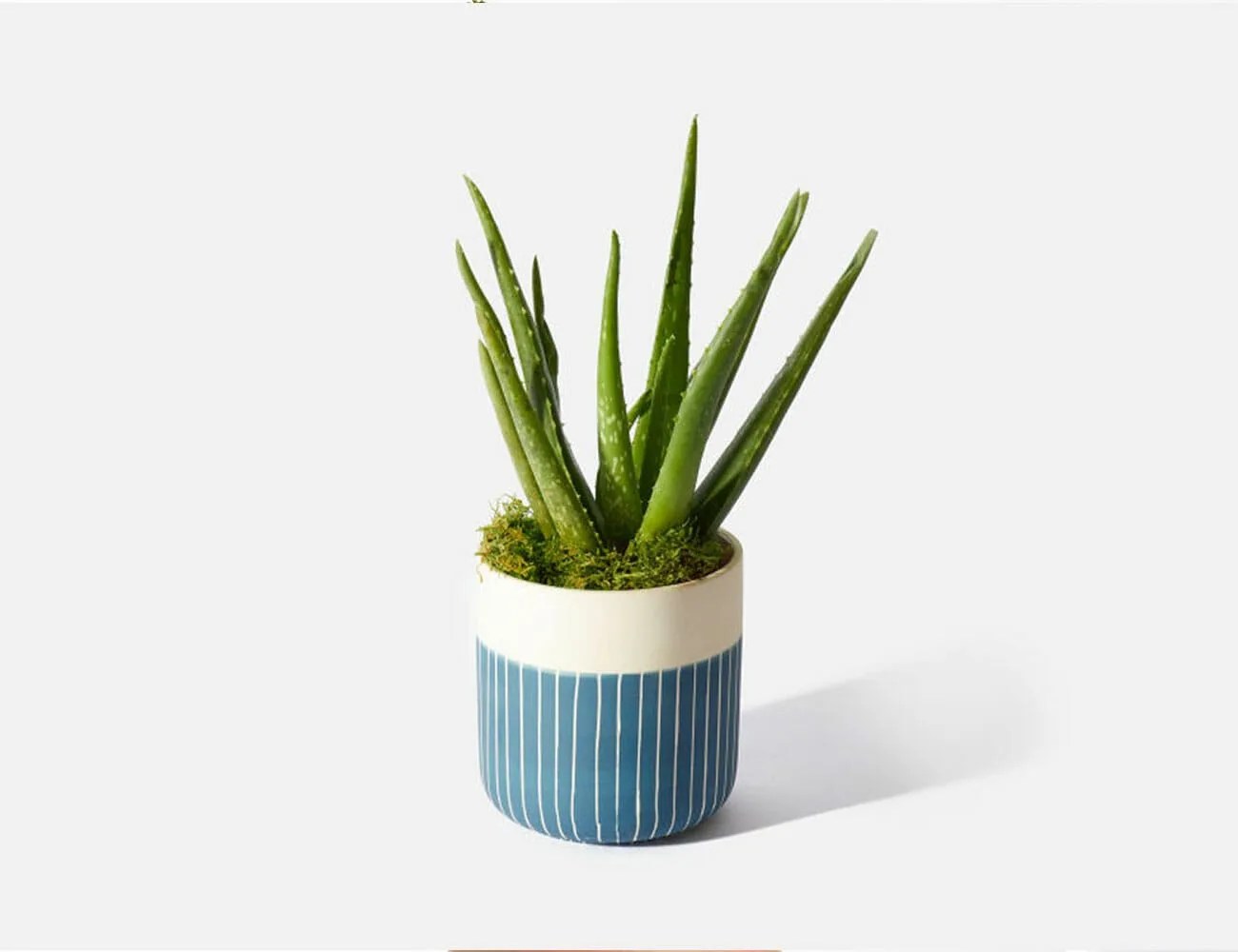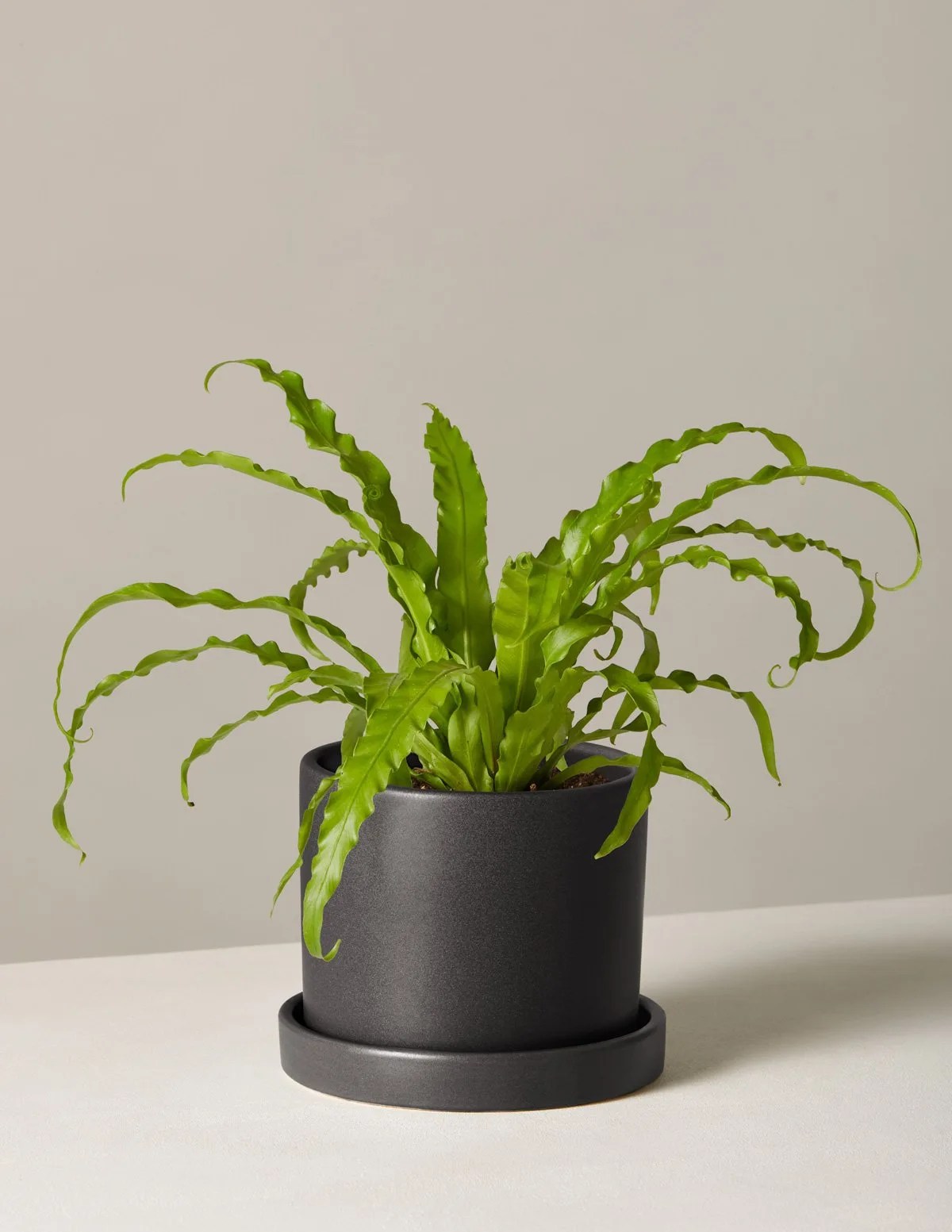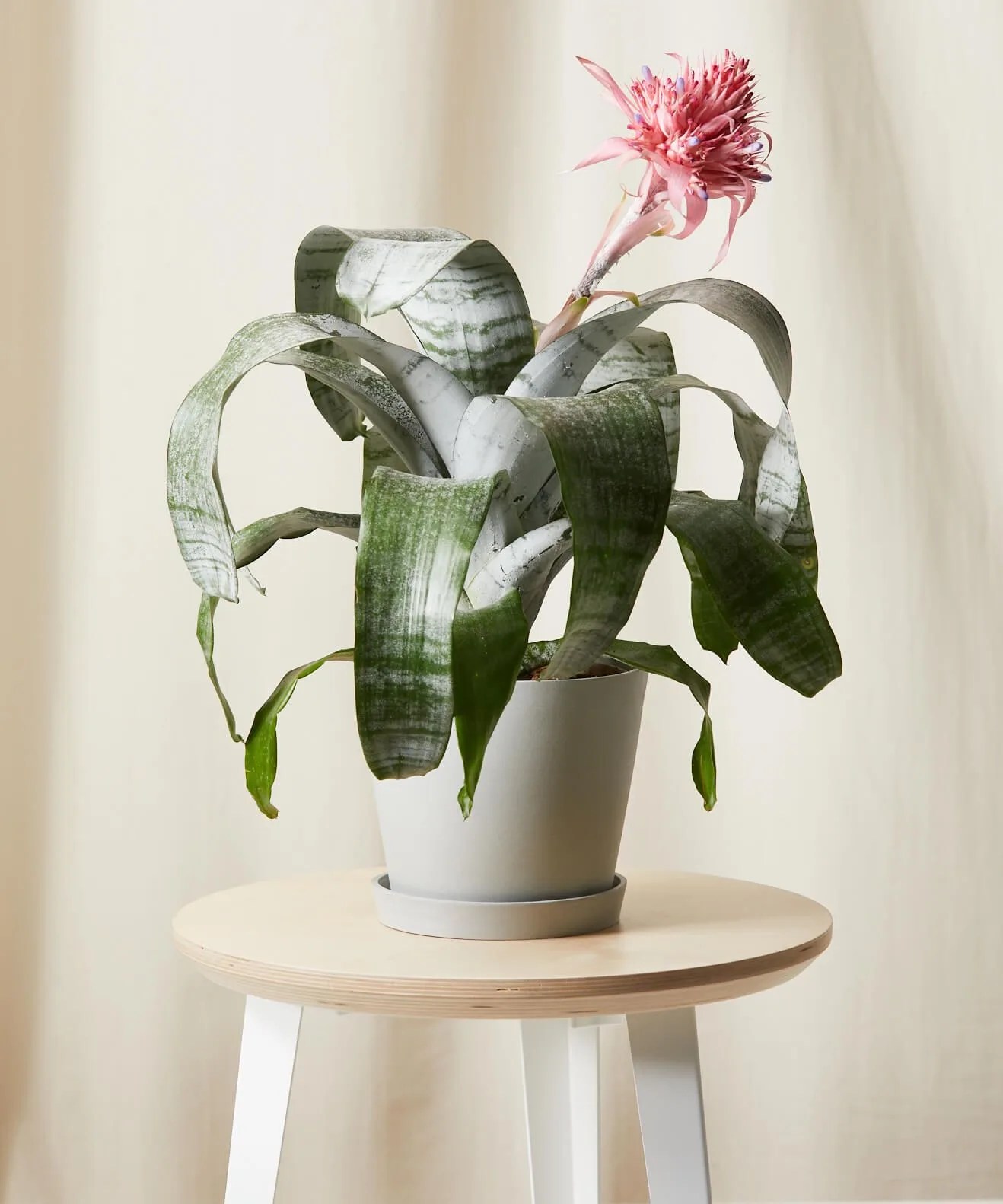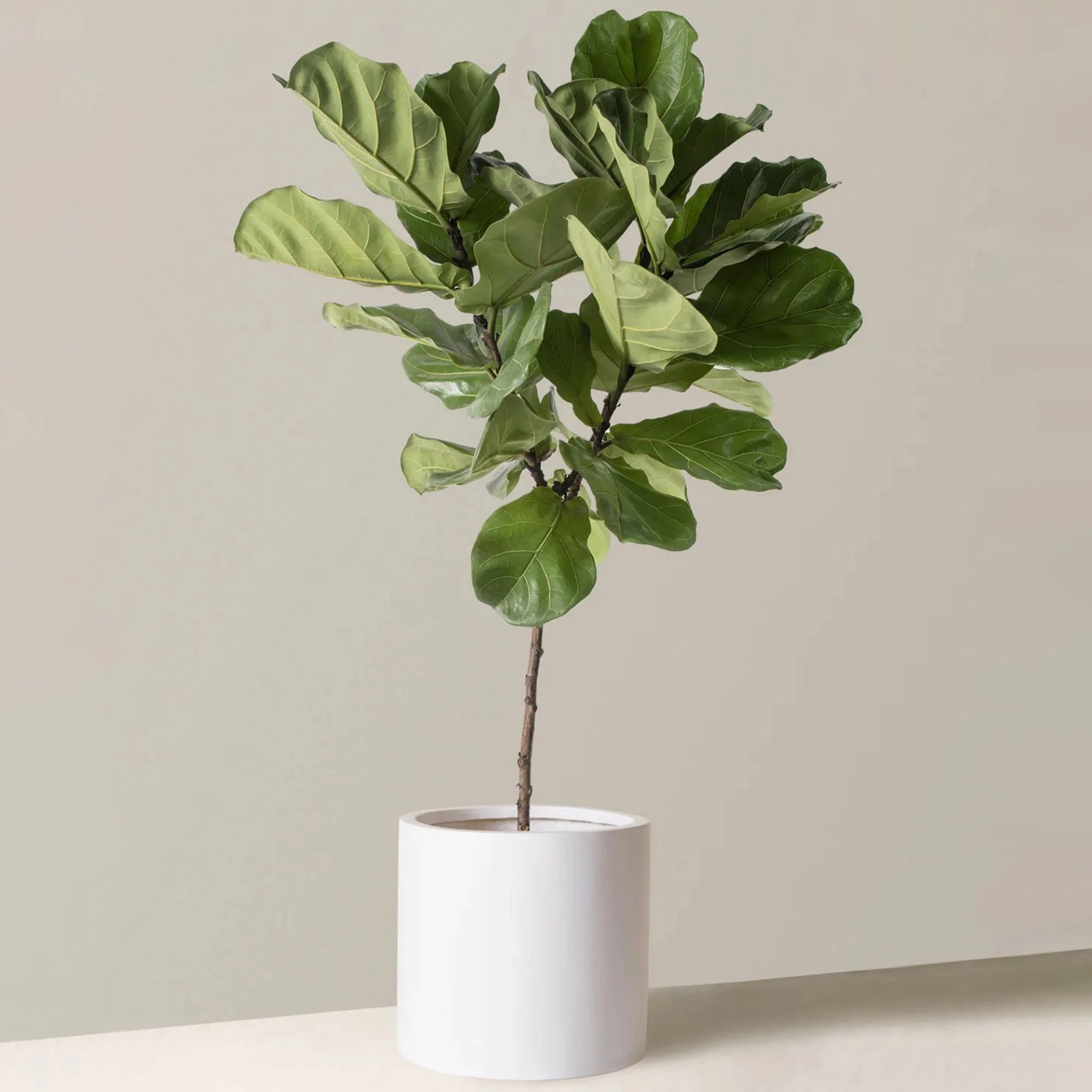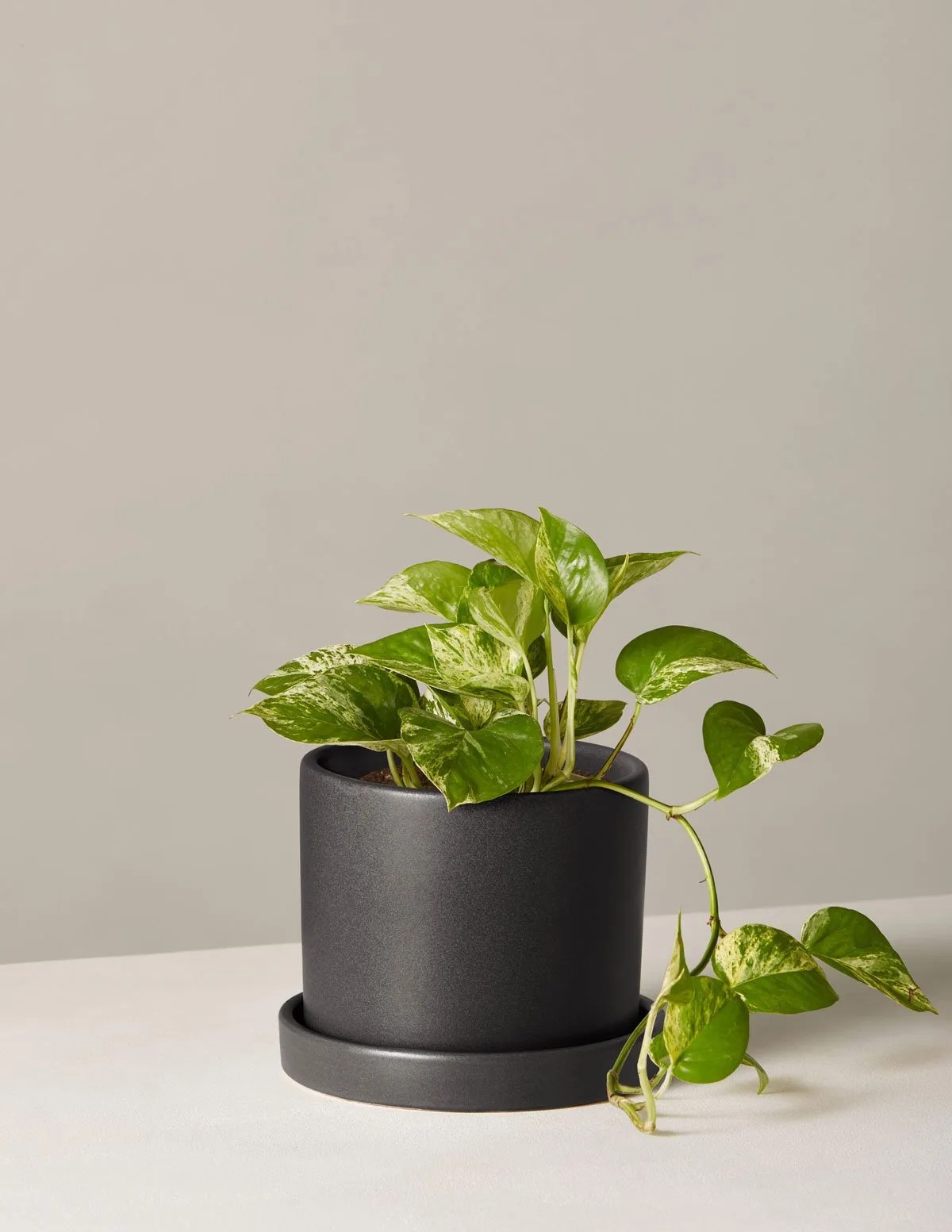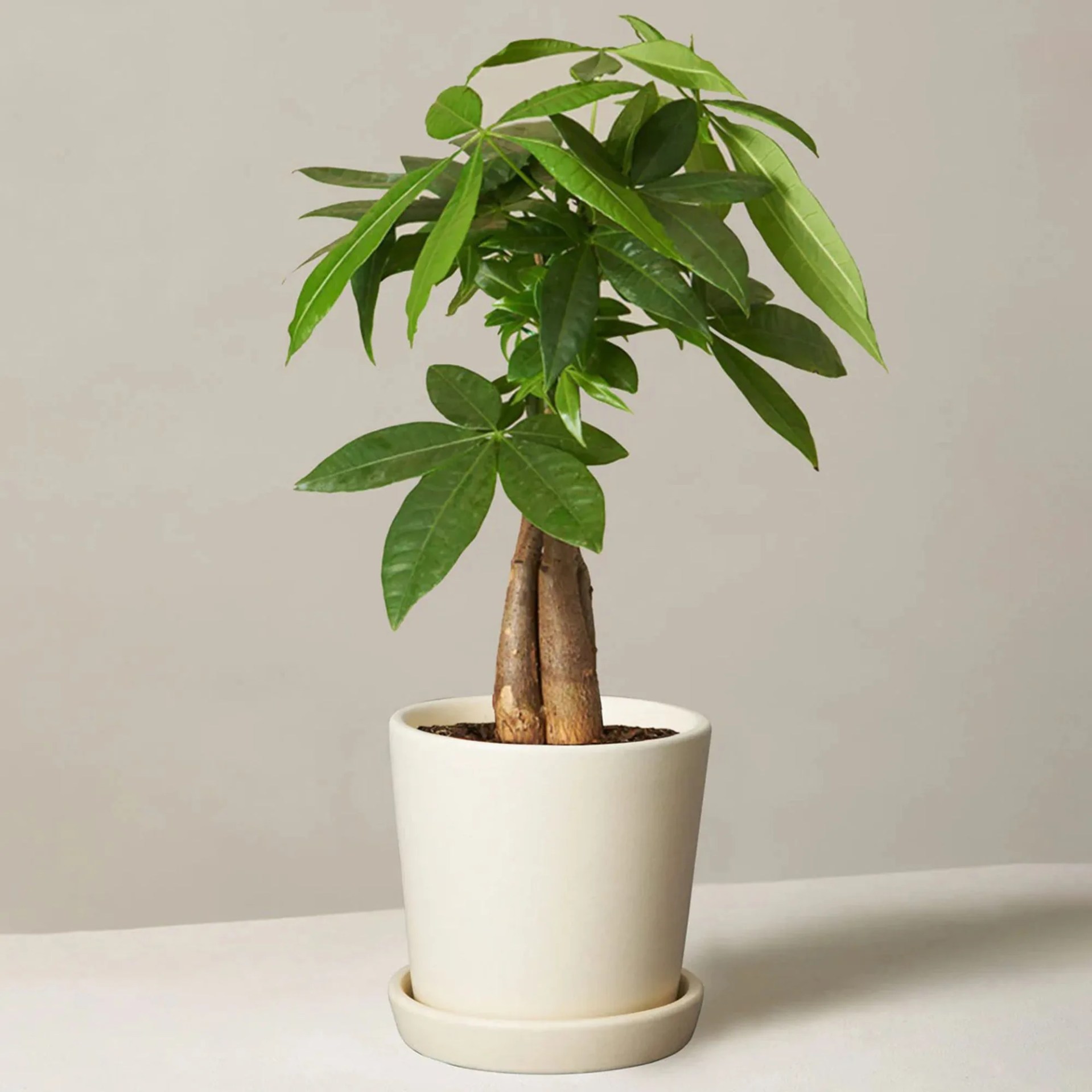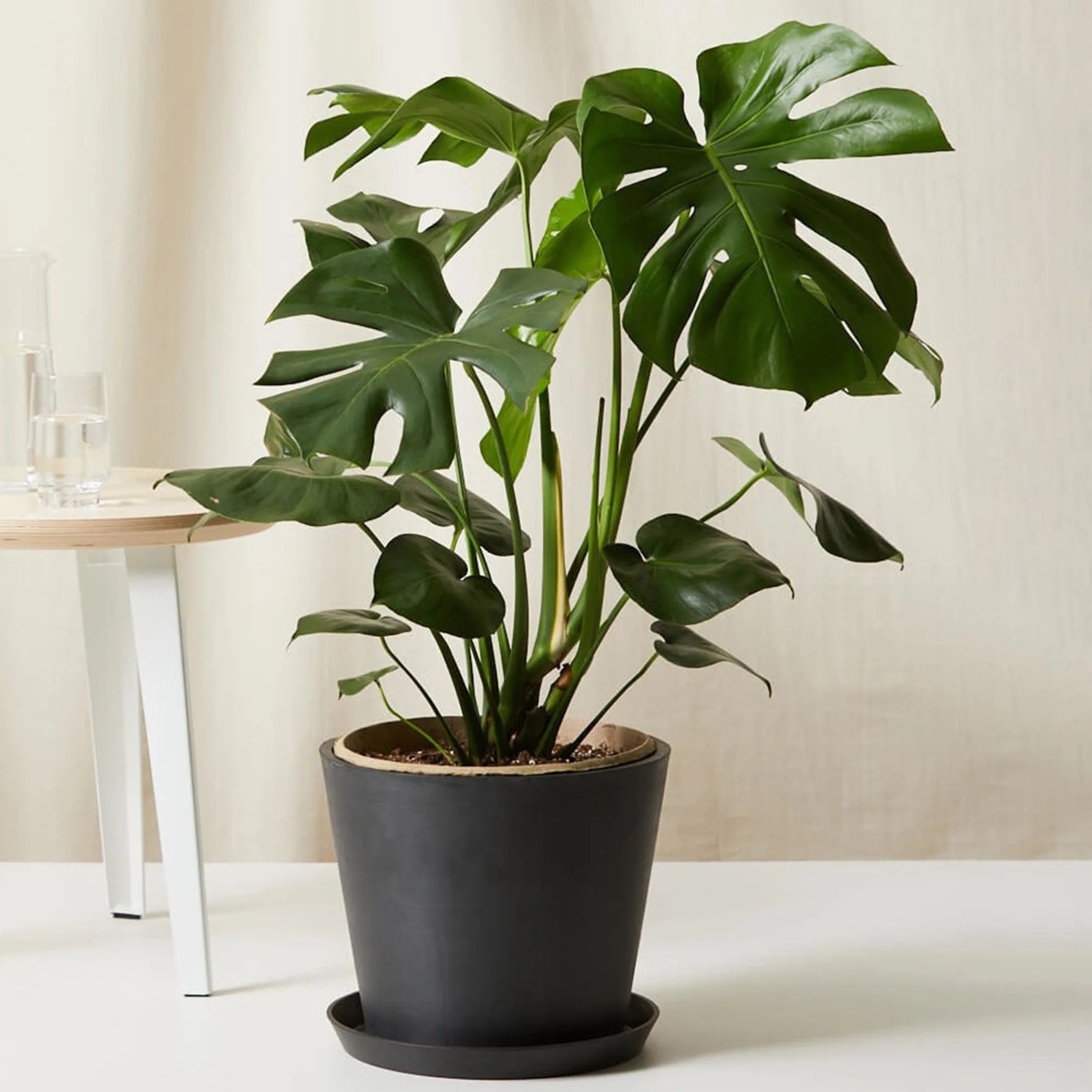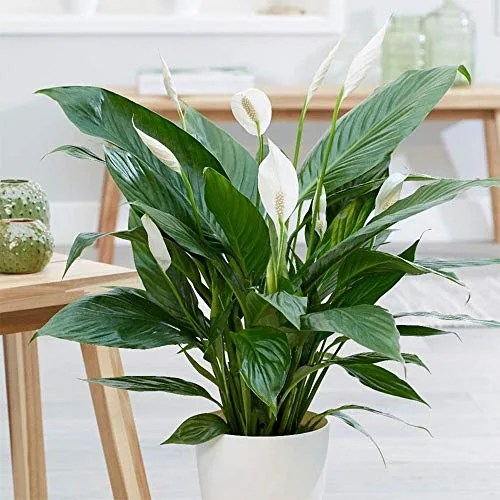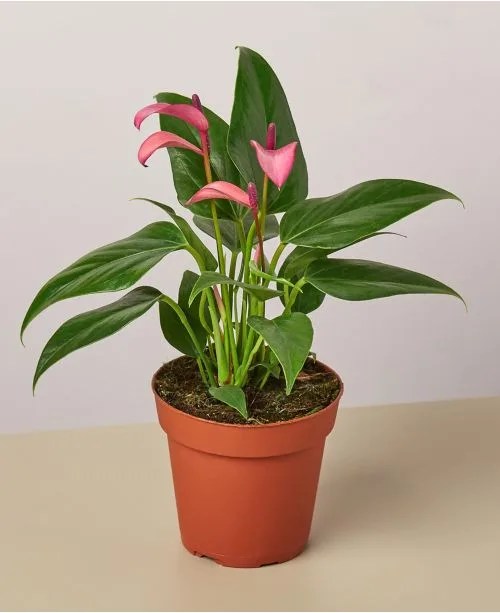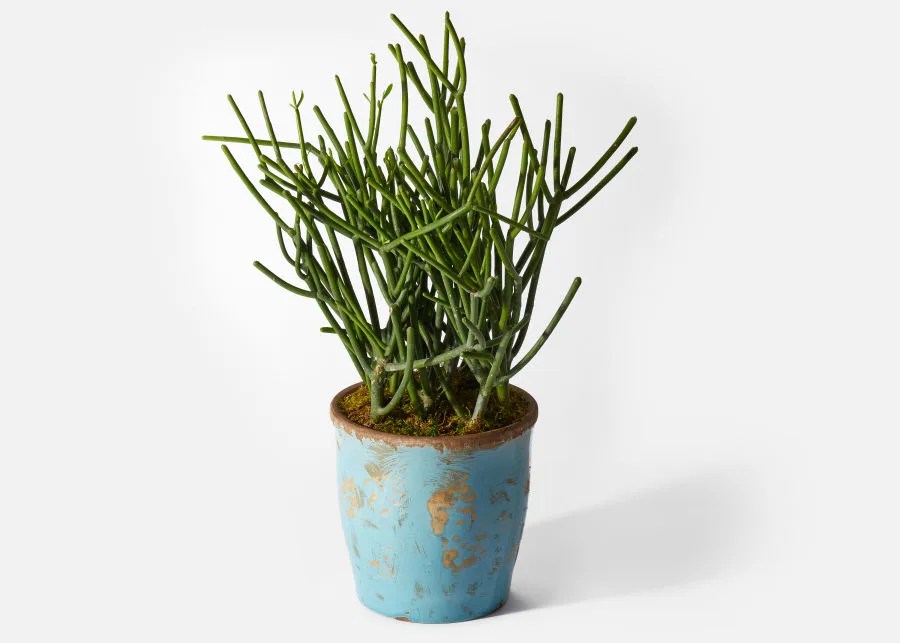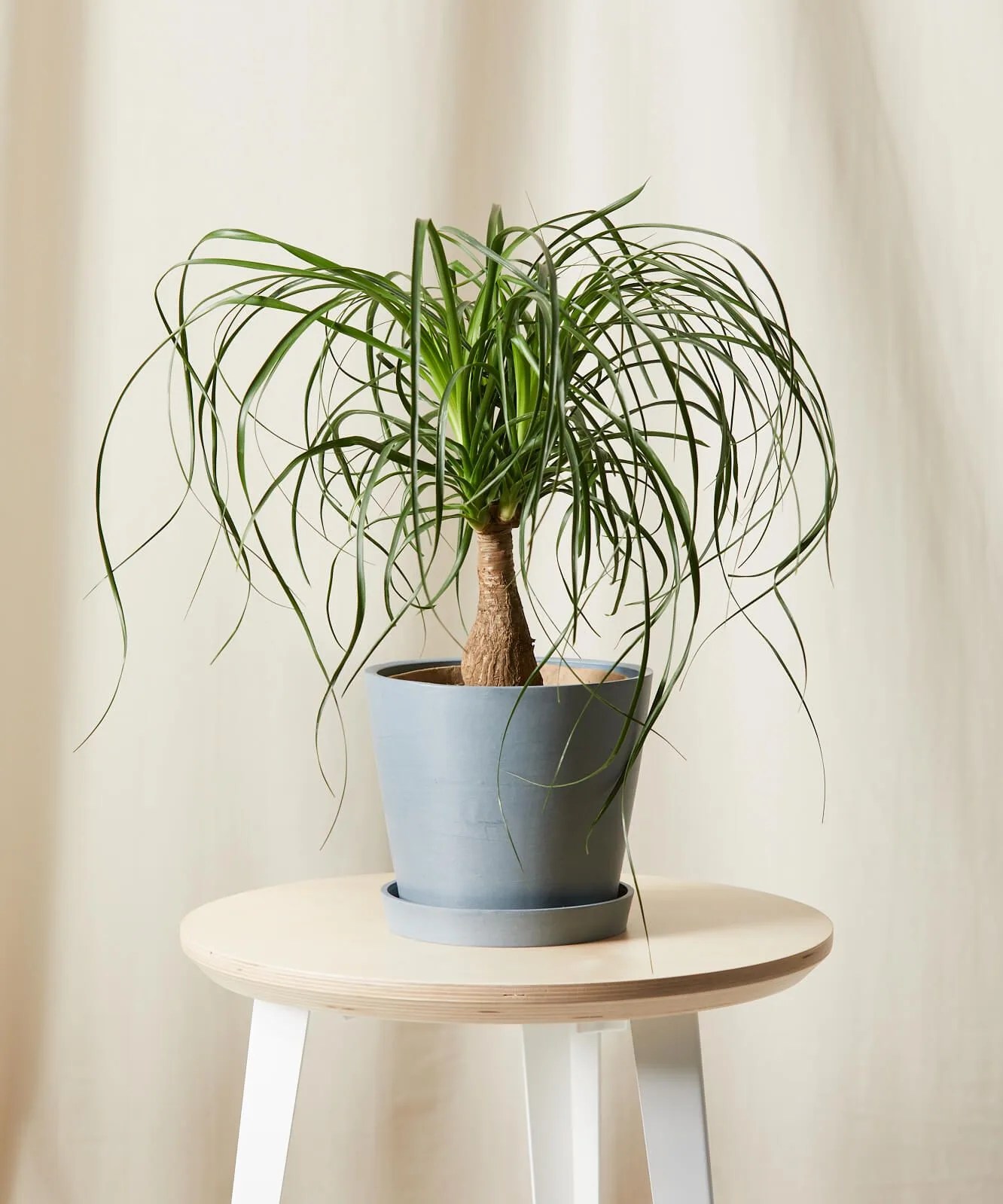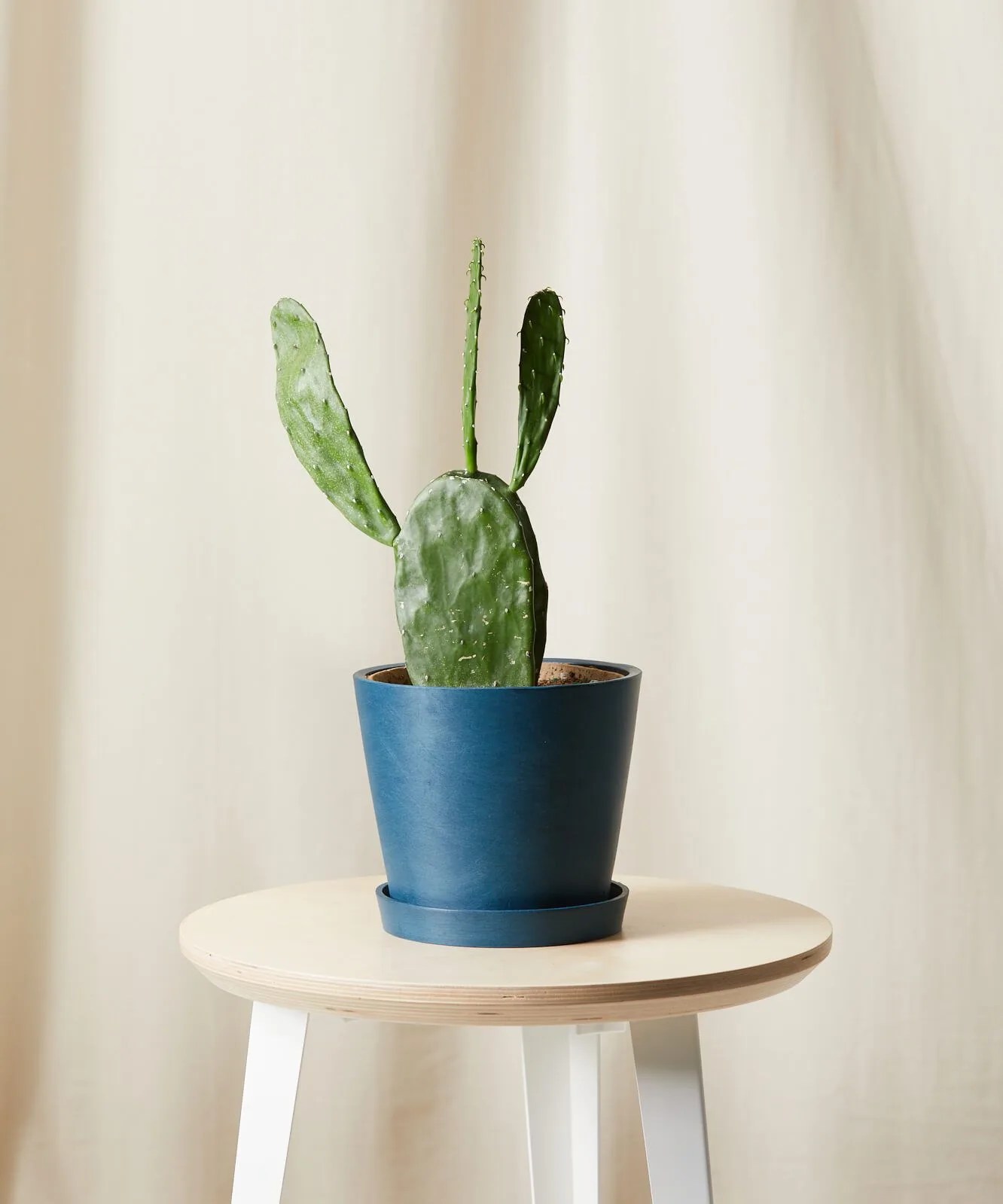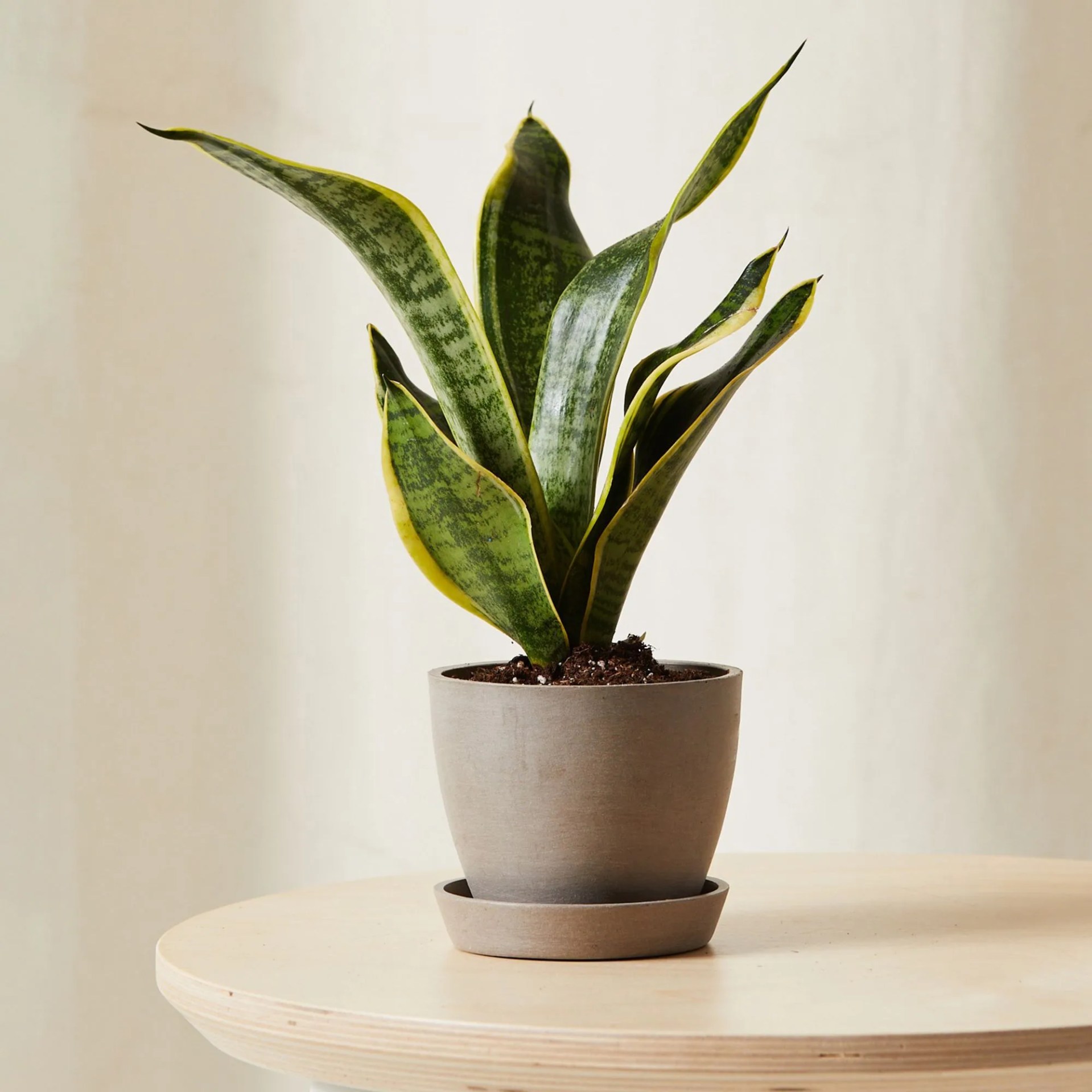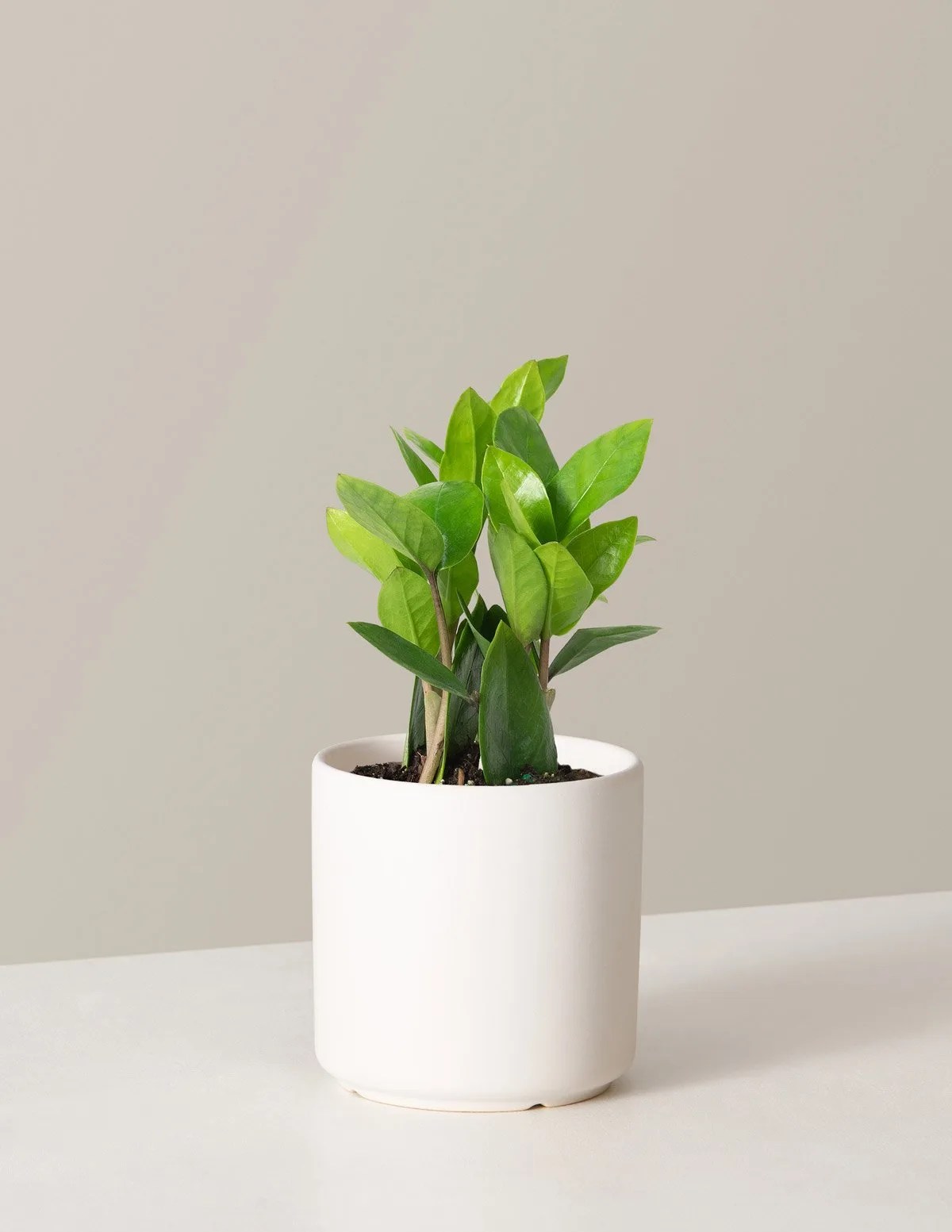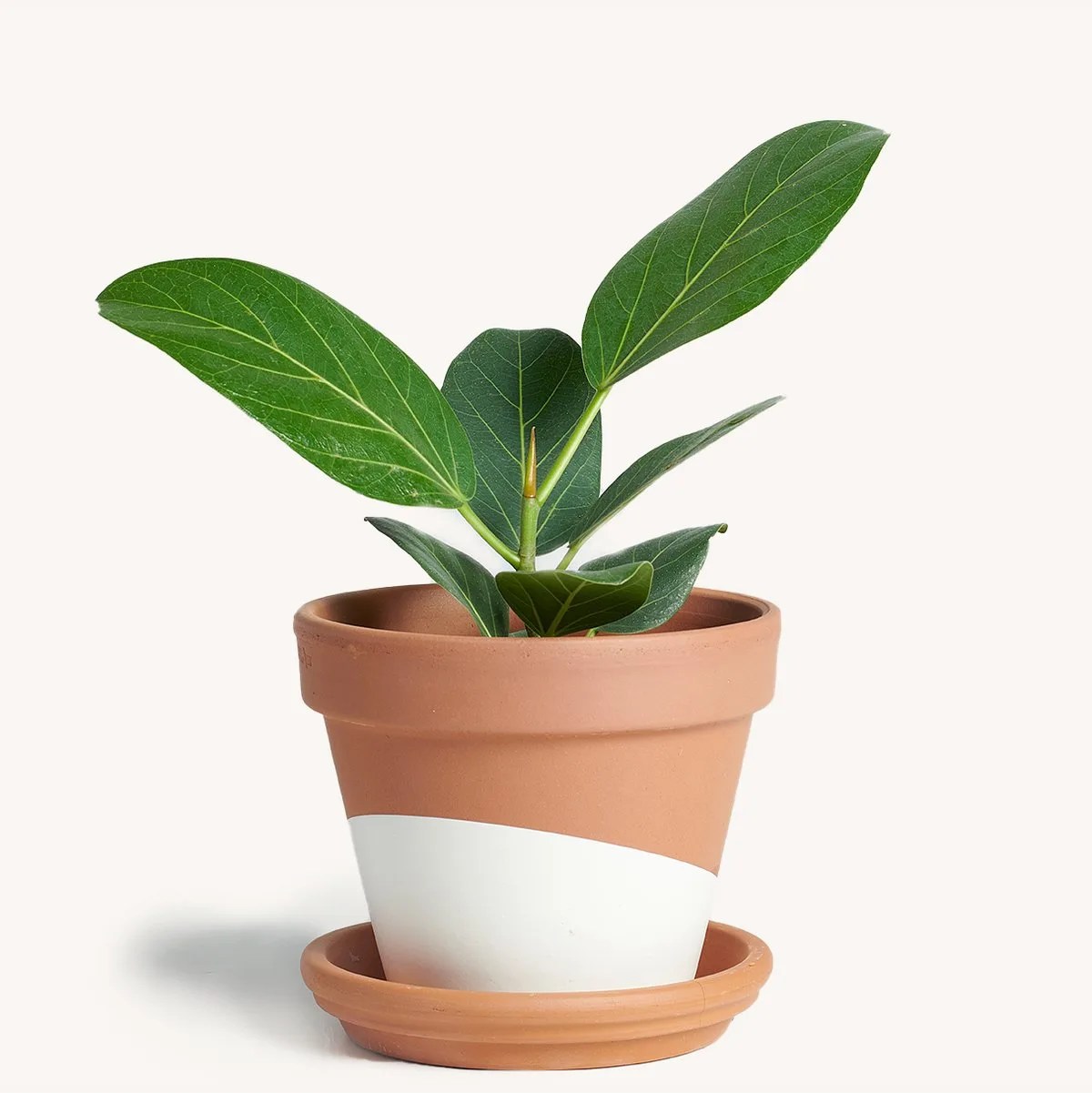Let’s talk about indoor plants, AKA houseplants. Water them when the soil is dry. Don’t put them in front of air conditioners or heating units. Know how much sun each one wants. There, you’ve got almost everything you need to know.
The truth is, most indoor plants sold at shops or online are extremely easy to keep alive. That’s why those shops sell them. The plants on our list do not run the spectrum of hard-to-keep to invincible because the vast majority of plants sold are not horticultural puzzles. They make your home look and feel better, and they do so without a whole lot of work from you.
Products in the Guide
-
Alocasia Polly
If You Want an Eye-Catcher
Read more -
Stromanthe Triostar
For the Color Starved
Read more -
Calathea Rattlesnake
For the Snake Lover
Read more -
Dracaena Marginata
If You Want a Tropical Touch
Read more -
Umbrella Tree
To Sit By the Window
Read more -
Angel Wing Cactus
If You Want a Cactus
Read more -
Pilea Peperomioides
For Anyone and Everyone
Read more -
Peperomia Obtusifolia
For the Casual Plant Parent
Read more -
Majesty Palm
For the Pet Owner
Read more -
Aloe
For the Accident-Prone
Read more -
Bird’s Nest Fern
If You Want a Fern
Read more -
Bromeliad Aechmea Pink
If You Want Something Different
Read more -
Fiddle Leaf Fig
For Experienced Plant Parents
Read more -
Marble Queen Pothos
For the Impatient
Read more -
Money Tree
For the Perfect Balance
Read more -
Monstera
For that Mid-Century Aesthetic
Read more -
Peace Lily
If You Want Flowers
Read more -
Anthurium
If You Want a Pop of Color
Read more -
Pencil Cactus
For the Childless and Pet-Less
Read more -
Philodendron Heartleaf
If You Want Your First Houseplant
Read more -
Ponytail Palm
For the Patient
Read more -
Prickly Pear Cactus
For a Taste of the Desert
Read more -
Snake Plant
For the Plant Killer
Read more -
ZZ Plant
For the Clueless Beginner
Read more -
Ficus Audrey
For a Mini Tree
Read more
Houseplants FAQ
Should I get indoor plants?
You absolutely should. Not only do they add a pop of green (or whatever color) to your home, but they’re an instant mood booster and do wonders for your overall well-being. Studies have shown that owning houseplants can reduce psychological and physiological stress, as well as aid in concentration and increase productivity. Plus, houseplants help clean indoor air, so they’re like natural air purifiers.
Do I need to repot my houseplant?
Yes! If you buy your plant and it only comes in a grower’s pot, you’ll want to repot it right away. Otherwise, its roots can become compacted and you’ll end up stunting its growth. Even if your plant already comes in a suitable home, you’ll want to repot it once in a while to make sure you’re giving it ample space to grow — you wouldn’t wear the same sized shoe if your foot kept growing, would you?
How do I get rid of gnats in my indoor plants?
Unfortunately, gnats may be a consequence of owning houseplants, but proper care and attention can keep the pests at bay. Gnats are drawn to moist soil, so overwatering your plants can create a breeding ground for gnats to lay their eggs. For immediate, short-term solutions, try out a gnat spray, sticky traps, or diatomaceous earth to deal with the nuisances.
The Best Indoor Plants to Buy Online
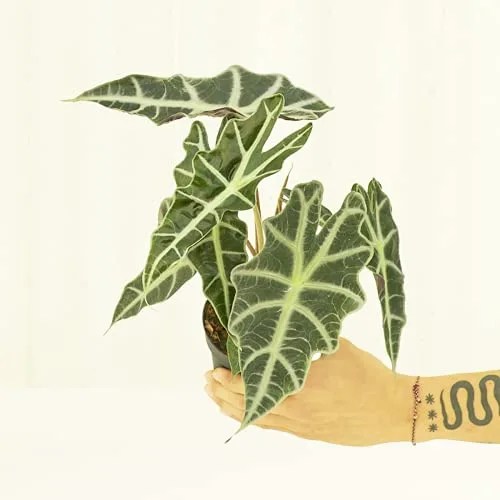 Amazon
AmazonIf You Want an Eye-Catcher
Alocasia Polly
Also known as the Elephant Ear plant, the alocasia has long, waxy green leaves with ridged edges. The spines of the leaves are cream-colored, which also deviates outward, adding an interesting look to the plant. The undersides of the leaves are purple because the alocasia just wants to get funky as hell. These plants are pretty tough to care for, and they do best in spaces with lots of humidity.

